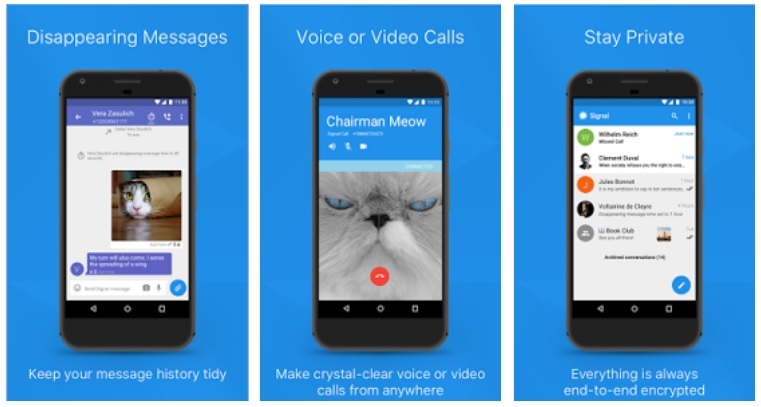
Almost 90 percent of those messages are instant messages and e-mails, the majority of which are encrypted, often using HTTPS encryption that is accessible to law enforcement through the service provider. Juniper Research estimates that roughly 108 trillion messages were sent 2016.

In Latin America and the Middle East about 66 percent of Internet users use WhatsApp. Approximately 38 percent of global Internet users have WhatsApp on their phones. Only a quarter of Internet users in the United States use WhatsApp, but for many other countries WhatsApp is a primary mode of communication. The largest end-to-end encrypted messaging app by number of users is WhatsApp, which implemented E2EE by default in April 2016. Many of the largest messaging platforms have adopted end-to-end encryption (E2EE) in the last two years, including WhatsApp, Facebook Messenger (not by default), and Viber. This means more than 2 billion individuals globally use end-to-end encrypted messaging applications. Many of these apps, called over-the-top (OTT) services and applications, have recently moved to adopt end-to-end encryption, making them inaccessible to law enforcement agencies.įour of the world’s top twelve mobile messaging apps, as measured by monthly active users (MAUs), have enabled unrecoverable end-to-end encryption by default. Instant messaging traffic is expected to grow more than 20 percent annually through 2022, nearly doubling from 2016 to almost 100 trillion messages per year (or almost 274 billion per day).

Growing demand for instant messaging (IM) means that its share of global message traffic is estimated to grow from 50 percent to 63 percent in the next few years. Mobile messaging applications such as WhatsApp, Facebook Messenger, iMessage, Telegram, Skype, Line, and others are rapidly becoming the dominant mode of communication around the world.


 0 kommentar(er)
0 kommentar(er)
